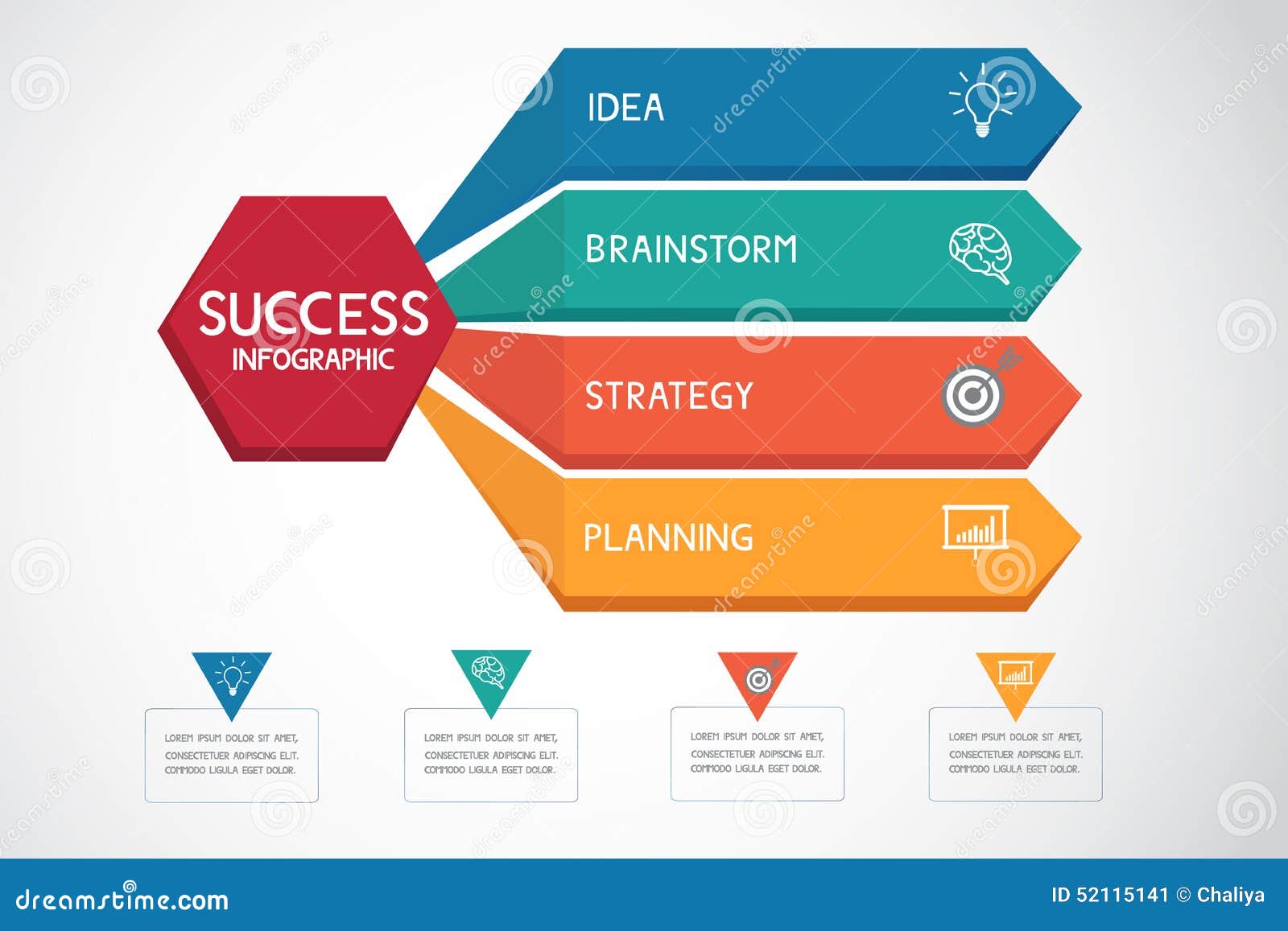In the past, web sites were simple and focused on info. Navigating was direct, and style was for desktops. Now, user experience is vital. Information guides designs for very easy navigation. Receptive formats suit different devices. Today, dark setting minimizes stress, and minimal menus boost navigation. Interactive attributes involve individuals, and bold visuals stick out. AI integration improves interaction. See exactly how style has actually developed to improve your online journey.
Very Early Days of Website Design
In the early days of website design, simplicity reigned supreme. Sites were fundamental, with restricted colors, fonts, and designs. The focus got on supplying info rather than showy visuals. Individuals accessed the net through slow-moving dial-up connections, so speed and performance were key.
Navigating food selections were straightforward, typically located at the top or side of the web page. Internet sites were designed for computer, as mobile browsing had not been yet common. Material was king, and developers focused on easy readability over complicated style elements.
HTML was the key coding language made use of, and designers had to work within its restraints. Animations and interactive attributes were minimal compared to today's standards. recommended you read were fixed, with little vibrant material or personalized user experiences.
Surge of User-Focused Layout
With the development of web site style, a change in the direction of user-focused layout concepts has actually become progressively noticeable. Today, developing websites that prioritize user experience is critical for engaging site visitors and attaining business objectives. User-focused design includes recognizing the demands, choices, and habits of your target market to customize the web site's design, content, and includes accordingly.
Designers currently conduct comprehensive study, such as individual studies and use testing, to collect understandings and comments straight from customers. This data-driven strategy assists in producing intuitive navigation, clear calls-to-action, and visually enticing interfaces that reverberate with visitors. By putting the user at the facility of the design process, sites can deliver a much more personalized and pleasurable experience.
Responsive layout has also become a vital facet of user-focused style, making sure that sites are maximized for various tools and screen dimensions. This versatility improves access and use, satisfying the diverse ways individuals interact with websites today. In essence, the increase of user-focused layout signifies a change towards creating digital experiences that prioritize the demands and assumptions of the end customer.
Modern Trends in Website Design
Check out the most up to date patterns shaping website design today. One prominent trend is dark mode style, using a streamlined and modern-day look while minimizing eye stress in low-light atmospheres. Another crucial trend is minimalist navigating, simplifying food selections and enhancing customer experience by concentrating on essential elements. Including micro-interactions, such as animated buttons or scrolling effects, can create a much more appealing and interactive web site. Responsive design stays essential, making sure smooth user experiences throughout different gadgets. Furthermore, using vibrant typography and asymmetrical designs can add visual passion and draw attention to particular material.
Integrating AI technology, like chatbots for customer assistance or tailored referrals, boosts user involvement and improves procedures. Access has likewise come to be a considerable fad, with designers prioritizing comprehensive design practices to cater to diverse customer requirements. Welcoming sustainability by optimizing site performance for rate and efficiency is one more emerging pattern in web design. Working together with individual feedback and information analytics to iterate and improve style constantly is vital for remaining pertinent in the ever-evolving digital landscape. By embracing these modern patterns, you can create an aesthetically attractive, easy to use web site that reverberates with your target market.
Conclusion
As you review the advancement of website style from the very early days to now, you can see just how user-focused layout has become the driving force behind modern trends.
Welcome the journey of adjustment and adjustment in web design, constantly keeping the customer experience at the leading edge.
Stay existing with the most recent fads and technologies, and never ever quit developing your strategy to create aesthetically spectacular and easy to use web sites.
Progress, adjust, and develop - the future of web design is in your hands.
